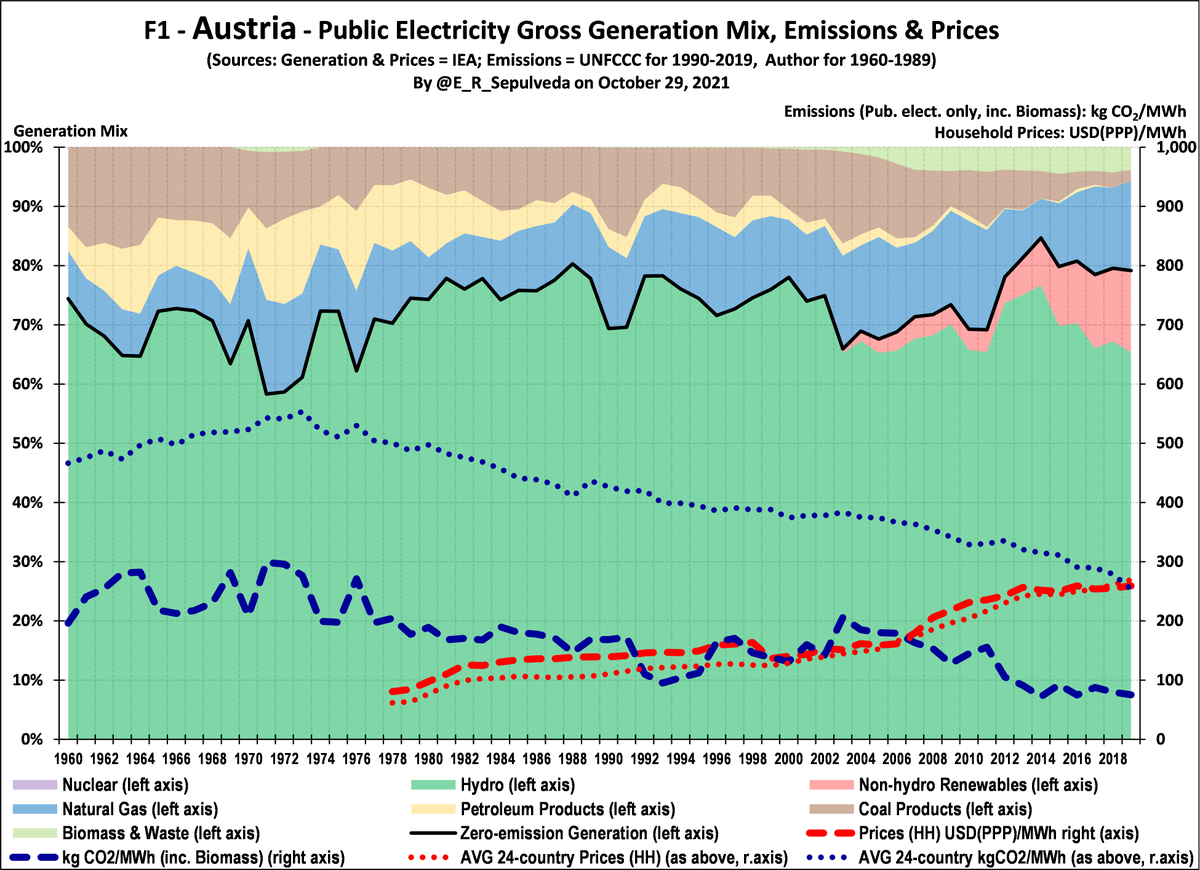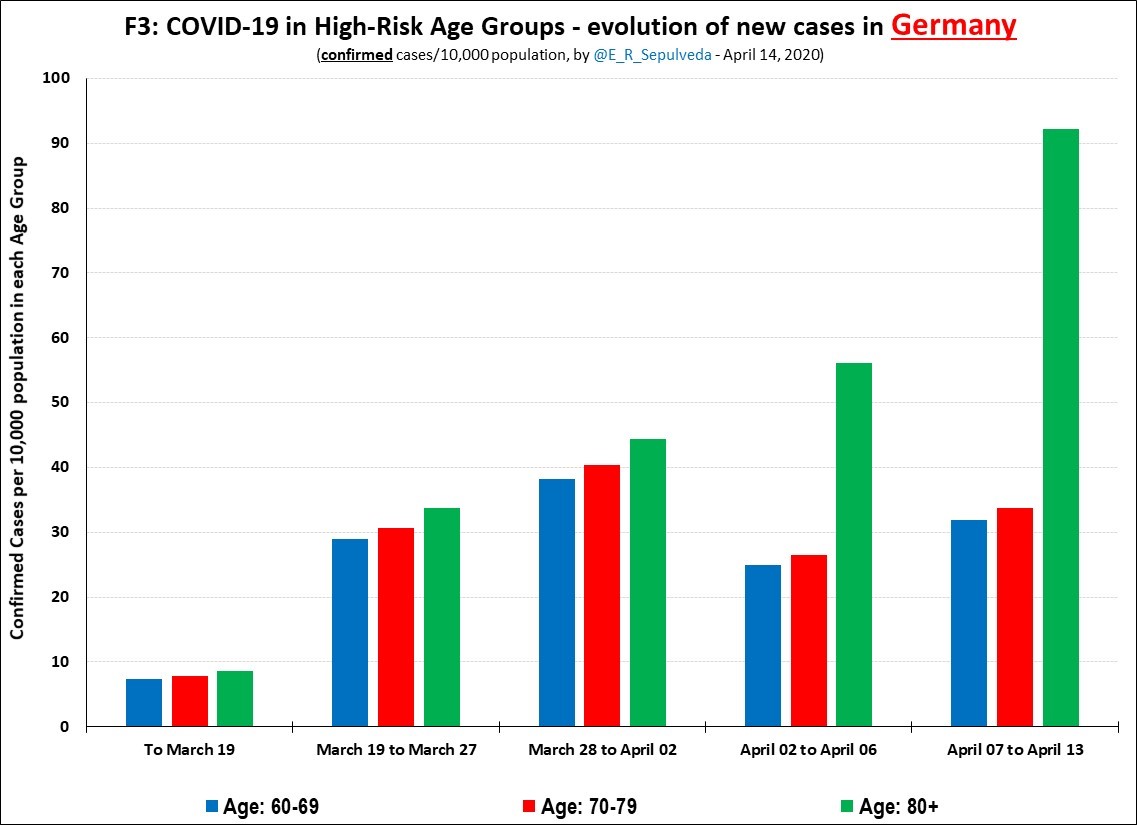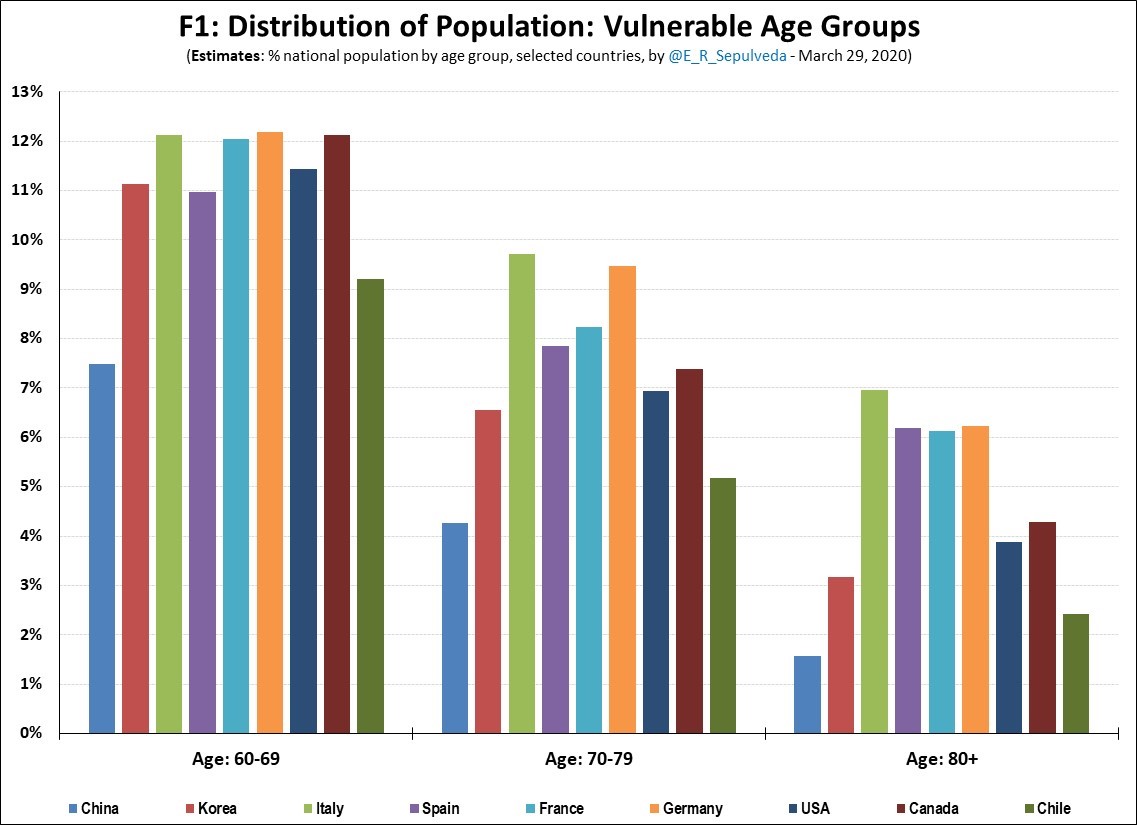
Consulting economist
Also: electricity & decarbonization https://t.co/MLer2FK2u6, inequality and COVID https://t.co/TaAvPlkWjt
How to get URL link on X (Twitter) App



 2/6. In Canada, provinces set electricity policy. Ontario is largest (pop≈15m), with low emissions (≈25-50 gCO2/kWh), due to legacy nuclear & hydro. Gas, wind, solar, biofuel are more recent.
2/6. In Canada, provinces set electricity policy. Ontario is largest (pop≈15m), with low emissions (≈25-50 gCO2/kWh), due to legacy nuclear & hydro. Gas, wind, solar, biofuel are more recent.


 Analyzing rollout, look at sustained material peak rollout (SMPR) – any period in which Nuclear (N) or Wind & Solar (WS) expanded gen%mix >1%/year over ≈10 yrs.
Analyzing rollout, look at sustained material peak rollout (SMPR) – any period in which Nuclear (N) or Wind & Solar (WS) expanded gen%mix >1%/year over ≈10 yrs.





https://twitter.com/Dr_Keefer/status/14014503664164372492/n. UN SDG Goal 7.1 is to have universal access to electricity by 2030




